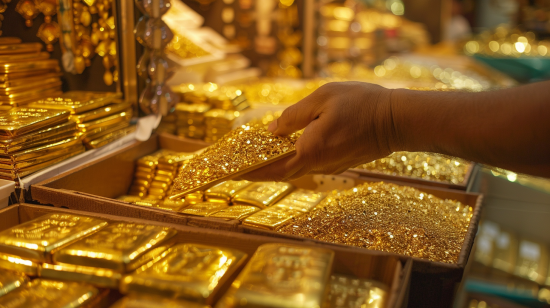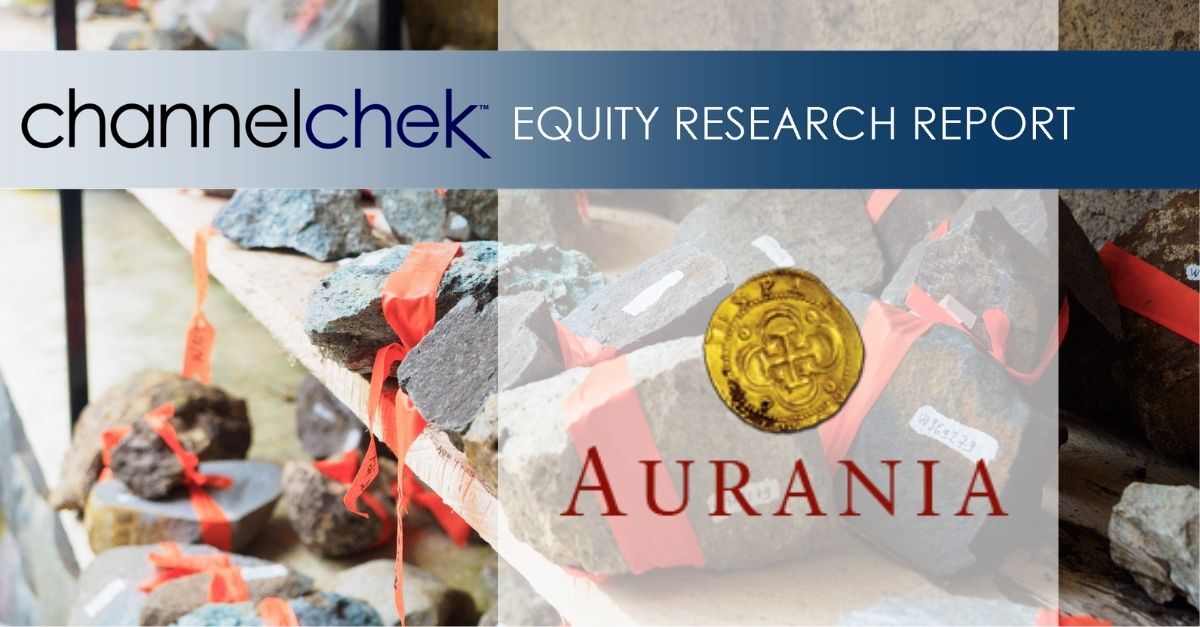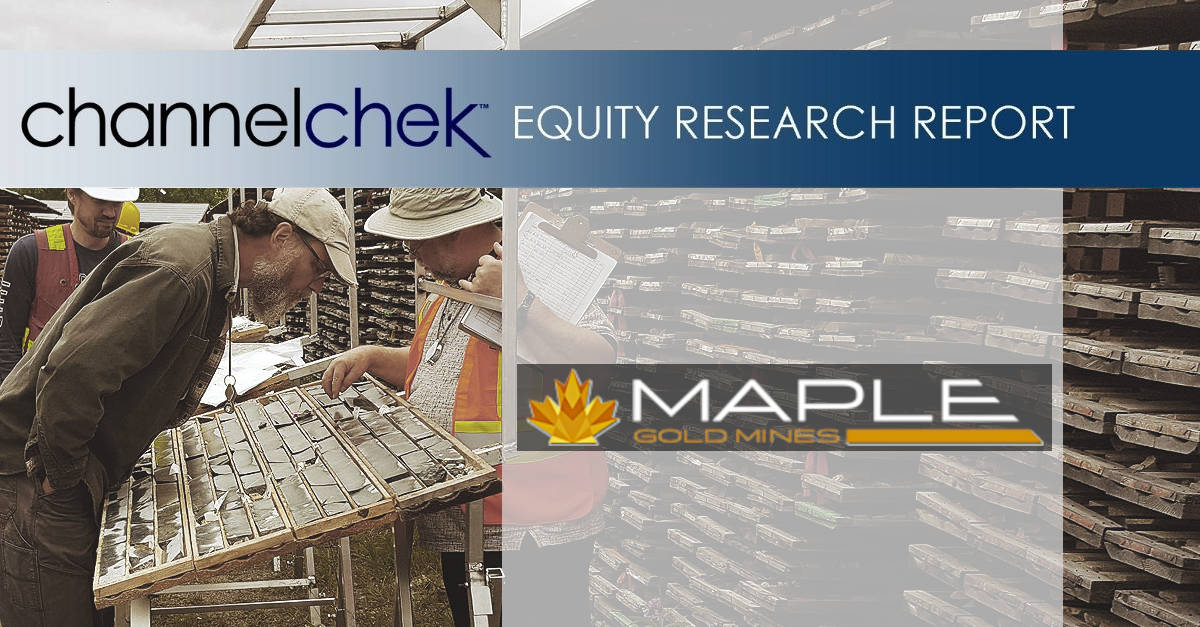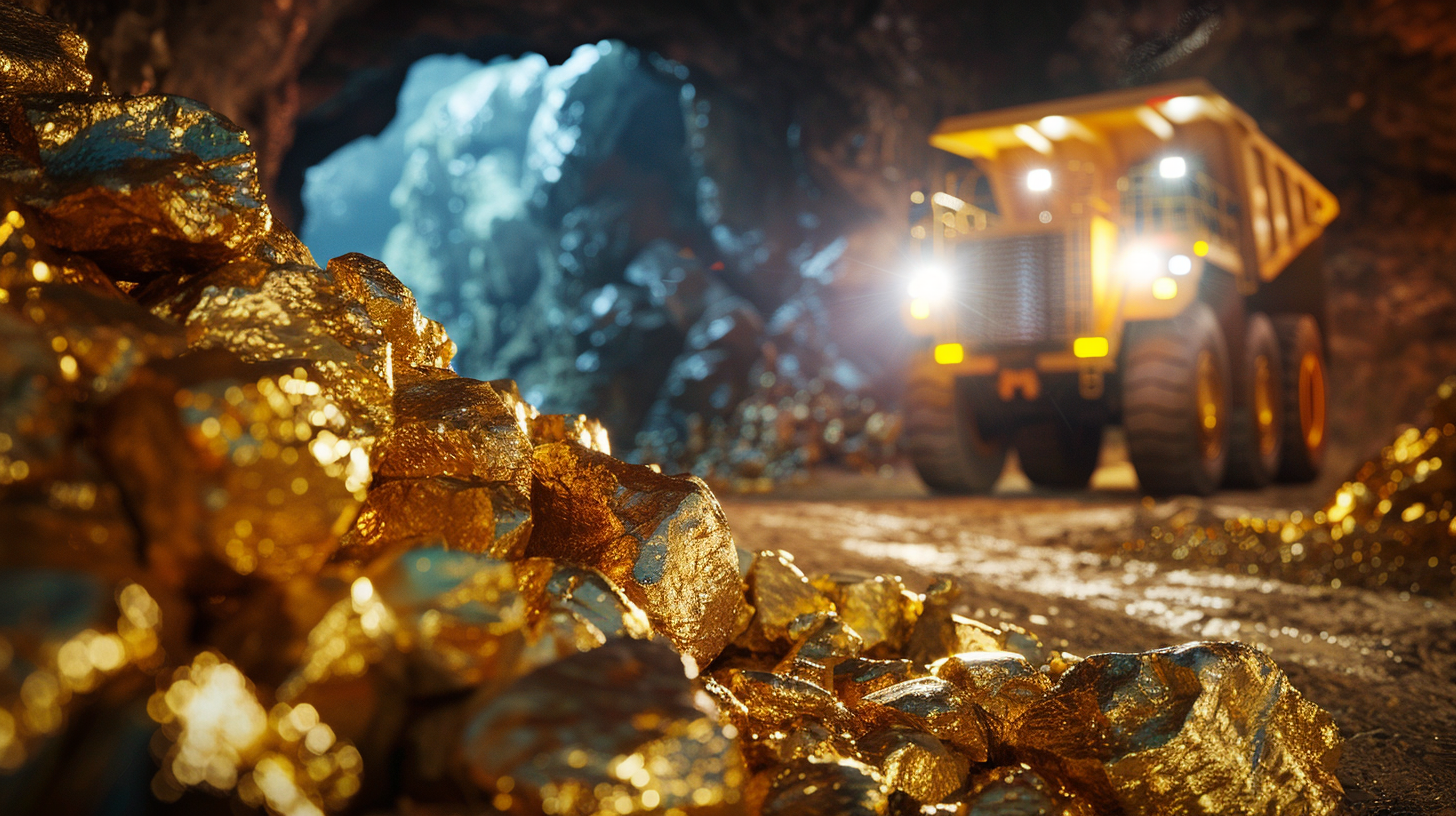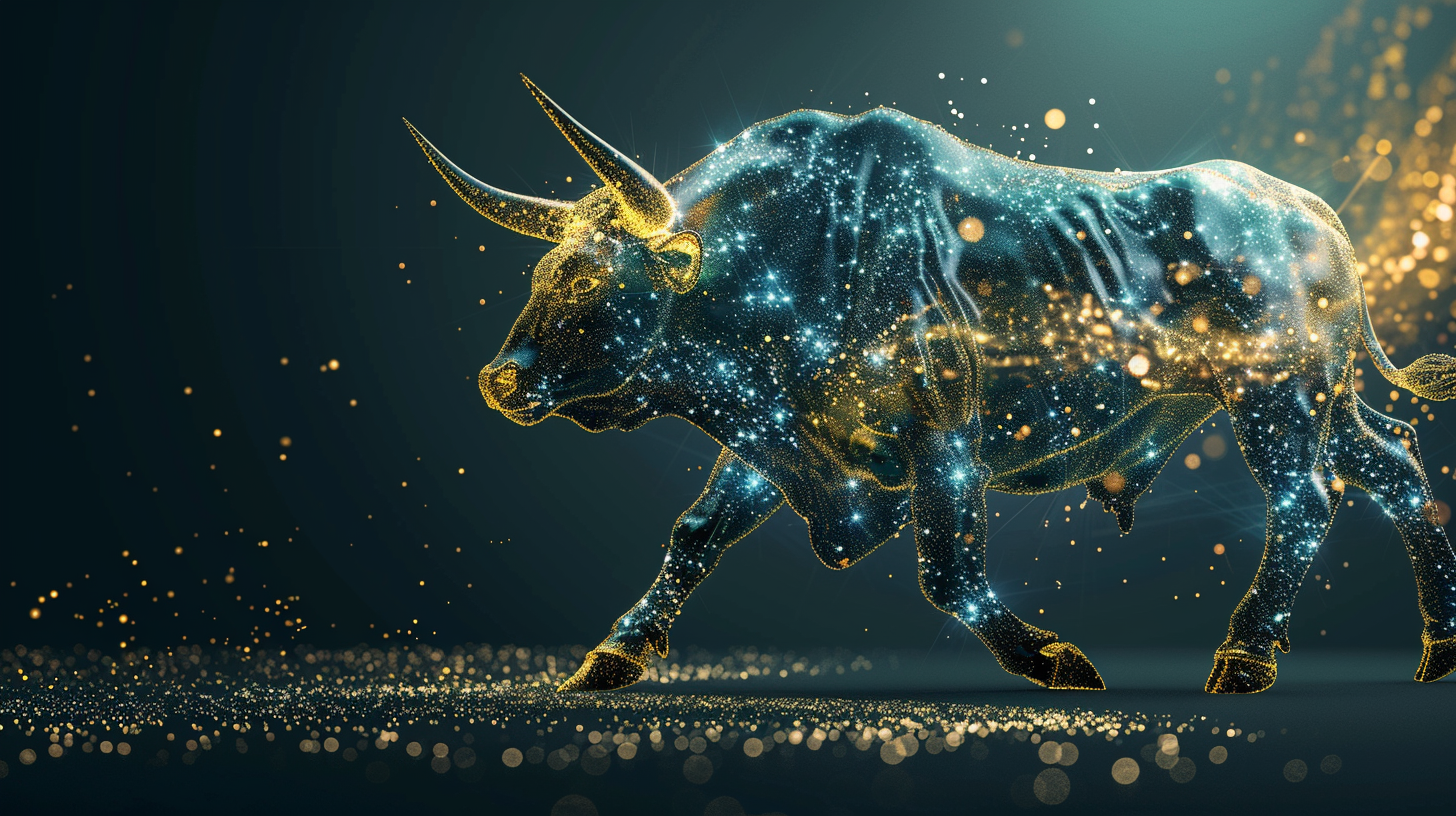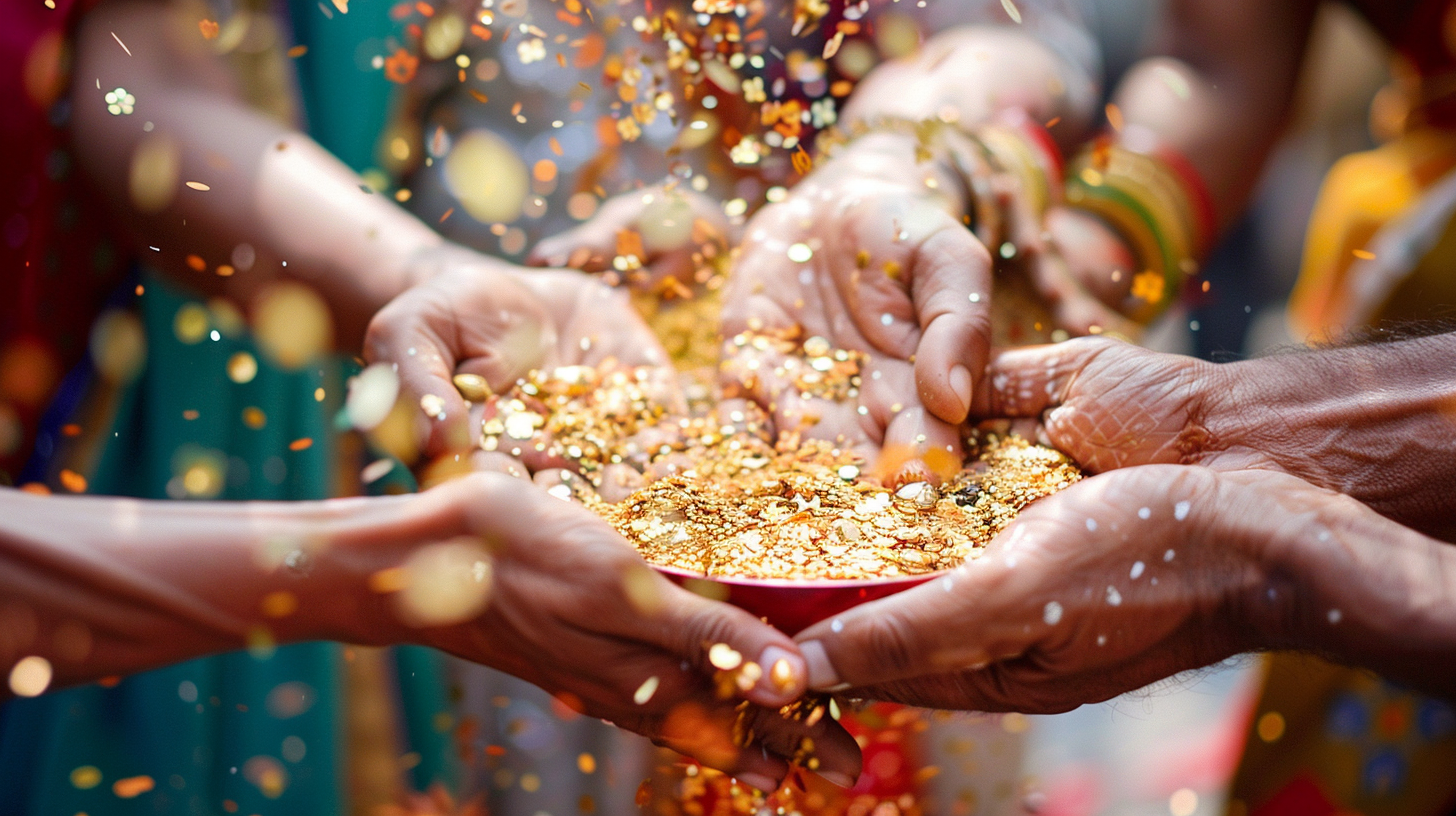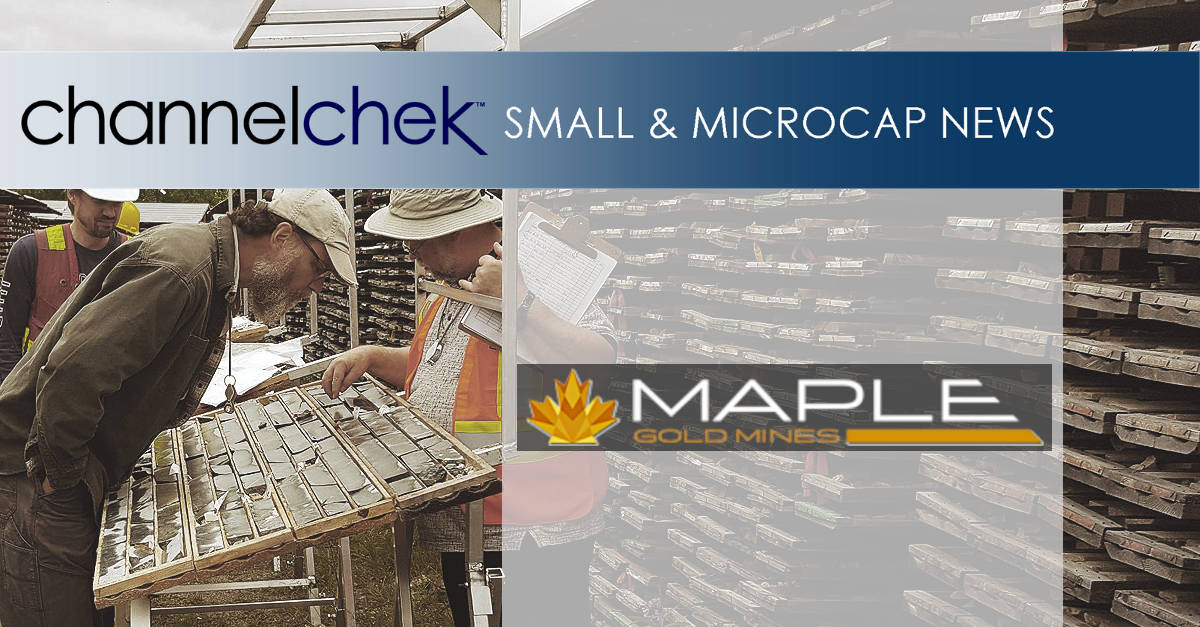As global markets continue to navigate choppy waters, one asset class has emerged as a beacon of stability and growth: gold. The precious metal has been on a remarkable upward trajectory, consistently making new highs and outperforming major stock market indexes. This trend has caught the attention of investors, particularly those interested in small-cap opportunities in the gold mining sector.
In recent months, gold prices have surged to record levels, breaking through previous resistance points and establishing new benchmarks. This impressive performance comes against a backdrop of economic uncertainty, inflationary pressures, and geopolitical tensions – factors that have historically driven investors towards safe-haven assets like gold.
The numbers speak for themselves: While the NASDAQ has posted a respectable year-to-date (YTD) gain of 12%, gold has outpaced it with a YTD increase of 16%. Looking at the year-over-year (YOY) performance, the NASDAQ is up 22%, but gold is not far behind with a 21% increase. These figures underscore gold’s resilience and its ability to keep pace with, and even outperform, one of the most dynamic stock market indexes.
Several key drivers are fueling gold’s ascent:
- Inflation concerns: With central banks around the world implementing accommodative monetary policies to combat economic slowdowns, fears of inflation have intensified. Gold, long considered a hedge against inflation, has naturally attracted increased investor interest.
- Weakening dollar: The US dollar’s relative weakness has made gold more attractive to international investors, as the metal becomes cheaper in other currencies.
- Geopolitical tensions: Ongoing conflicts and trade disputes have heightened global uncertainty, prompting investors to seek refuge in gold’s perceived stability.
- Low interest rates: With rates remaining at historically low levels, the opportunity cost of holding non-yielding assets like gold has decreased, making it more appealing to investors.
While major indexes like the S&P 500 and Dow Jones Industrial Average have experienced volatility, gold has steadily climbed. Its ability to outpace the NASDAQ’s YTD performance is particularly noteworthy, given the tech-heavy index’s reputation for growth.
This outperformance has significant implications for the small-cap investing landscape, particularly in the gold mining sector. Junior gold miners and exploration companies often exhibit a leveraged relationship to gold prices, meaning their stock prices can move more dramatically than the price of gold itself.

As gold prices rise, many of these smaller companies become increasingly viable, with previously marginal projects suddenly becoming profitable. This dynamic creates exciting opportunities for small-cap investors who are willing to do their due diligence and identify promising junior miners with solid fundamentals and strong growth potential.
However, it’s crucial for investors to approach this sector with caution. While the potential rewards can be substantial, junior gold stocks are known for their volatility. Thorough research, diversification, and a long-term perspective are essential when considering investments in this space.
Looking ahead, many analysts remain bullish on gold’s prospects. The combination of ongoing economic uncertainties, potential inflationary pressures, and the metal’s historical role as a store of value suggest that gold may continue its upward trajectory. This outlook bodes well for both direct investments in gold and strategic positions in carefully selected gold mining stocks.
In conclusion, gold’s stellar performance amidst current market conditions presents a compelling narrative for investors. Its ability to outshine major indexes while providing a hedge against economic uncertainties makes it an attractive option for portfolio diversification. For small-cap investors, the gold mining sector offers intriguing opportunities to capitalize on this trend, provided they approach it with the necessary research and risk management strategies.
As always, investors should consult with financial advisors and conduct thorough research before making investment decisions, especially in the dynamic and potentially volatile world of small-cap gold stocks.
